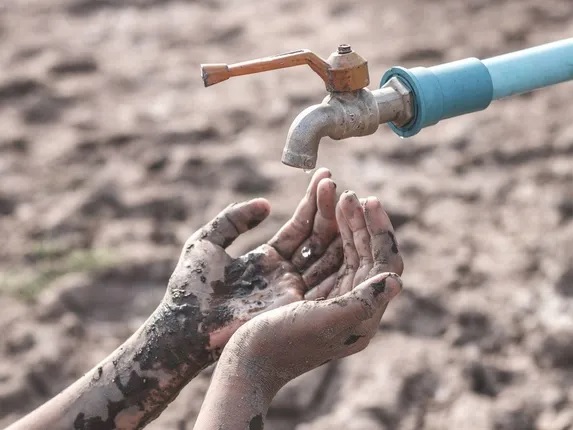
Climate change is an ever-growing concern worldwide, and its effects are particularly pronounced in countries like India, where it poses a significant threat to agriculture, water resources, and overall livelihood. One of the most notable impacts of climate change in India is its effect on rainfall patterns and water availability. The country, heavily dependent on monsoon rains for agriculture and drinking water, faces challenges that are expected to worsen in the coming decades.
Shifting Rainfall Patterns
India’s monsoon season is crucial to its agricultural output, and any disruptions to this season have severe consequences. Traditionally, the southwest monsoon arrives in June and retreats by September, bringing the majority of the country’s annual rainfall. However, with climate change, the timing, intensity, and distribution of these rains are becoming increasingly unpredictable.
The monsoon has become more erratic, with some regions experiencing heavier rainfall than usual, while others face prolonged dry spells. This shift is contributing to the unpredictability of seasonal agricultural planning, leading to crop failures and food insecurity in some areas. Moreover, climate change is causing the monsoon to start later or end earlier, reducing the overall length of the rainy season, further exacerbating water scarcity.
Increased Frequency of Extreme Weather Events
Along with the erratic rainfall, India is witnessing an increase in extreme weather events like floods and droughts. These events have devastating effects on the water cycle. Floods can overwhelm drainage systems and lead to waterlogging, which reduces the availability of freshwater for both drinking and irrigation. On the other hand, droughts, which have become more frequent and severe in recent years, leave many regions with insufficient water resources, causing water shortages and agricultural losses.
Impact on Water Resources
India is already facing significant challenges related to water scarcity, with many regions relying on groundwater for drinking and irrigation. The altered rainfall patterns due to climate change are putting additional strain on the country’s water resources. While some regions are receiving more rainfall, the water may not be absorbed efficiently due to poor soil quality or urbanization, leading to run-off and increased flooding. Conversely, other areas, especially in the northwest and south, are seeing a reduction in overall water availability, worsening the already dire situation.
The shrinking of glaciers in the Himalayas, which feed many of the major rivers in India, also contributes to reduced water flow in rivers like the Ganges and the Brahmaputra. These rivers are vital sources of freshwater, and any changes to their flow directly affect millions of people who rely on them for drinking water, irrigation, and hydropower.
Adaptation and Mitigation Strategies
To address these challenges, India needs to take urgent steps to adapt to the changing climate. This includes improving water management, investing in rainwater harvesting systems, and promoting sustainable agricultural practices that can withstand irregular rainfall patterns. Additionally, the government must focus on developing more resilient infrastructure, such as better drainage systems, flood control measures, and irrigation techniques that conserve water.
Efforts to mitigate climate change, such as reducing greenhouse gas emissions and promoting renewable energy, are also crucial in addressing the root causes of these disruptions. By working to reduce the carbon footprint, India can help slow down the intensification of climate change and safeguard its water resources for future generations.
Conclusion
Climate change is having a profound impact on rainfall patterns and water availability in India, creating significant challenges for agriculture, water security, and the overall well-being of millions of people. Addressing these issues requires both immediate adaptation strategies and long-term mitigation efforts to safeguard the country’s water resources and ensure a sustainable future for all.


